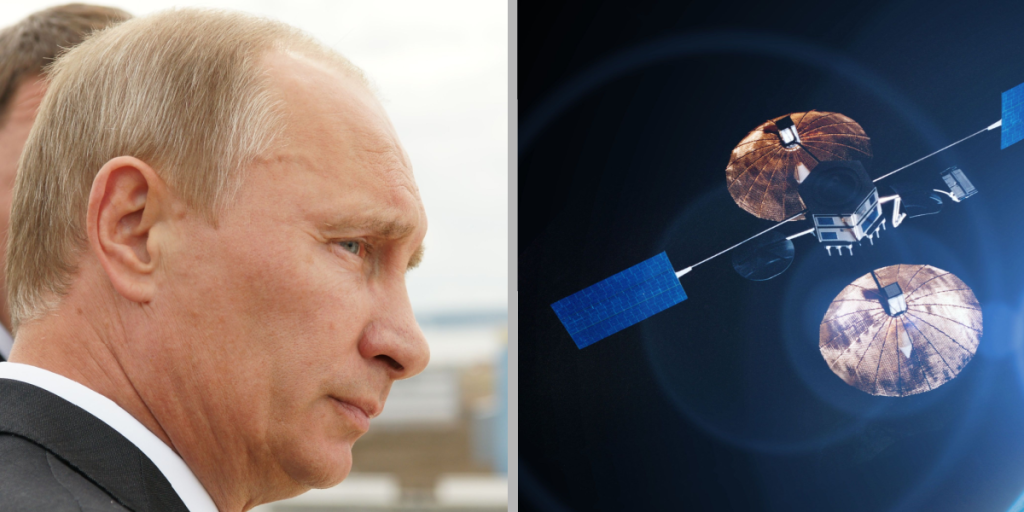It could risk paralizing everything from weather forecasts to civilian GPS-systems.
Others are reading now
It could risk paralyzing everything from weather forecasts to civilian GPS-systems.
What is happening?

When talkin about the risk of WW3, thoughts have mainly circled land warfare, especially since Russias invasion of Ukraine.
But we might need to look up to get a sence of where WW3 could actually start, as Russia is now bringing space into the ongoing flurry of threats.
Russia Targets European Satellites

According to Moscow Times, the Kremlin has formally notified international regulators that it now considers European satellites supporting Ukraine’s military as legitimate targets for signal jamming.
These aren’t just military satellites either—civilian satellites providing strategic support could also be caught in the crossfire.
Also read
Jamming Justified, Says Moscow
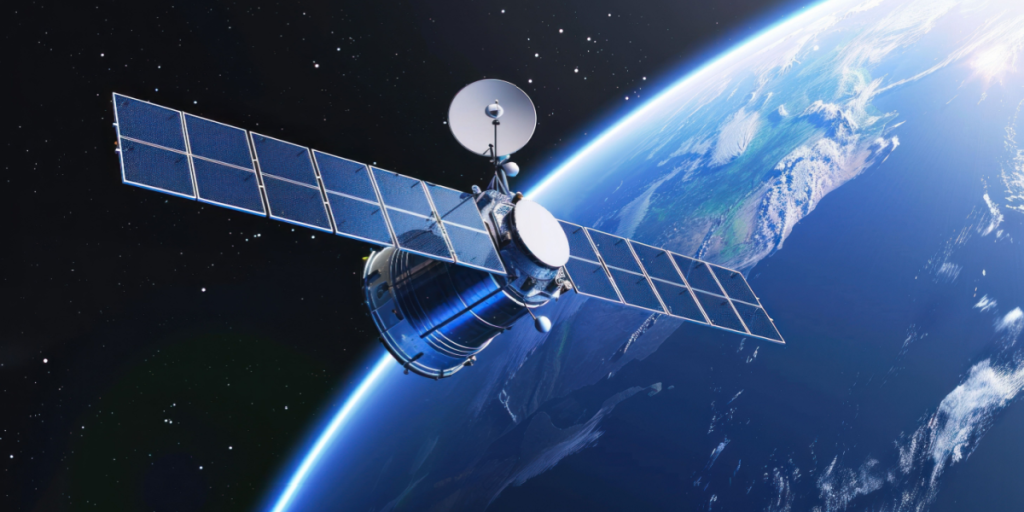
According to Russian officials, countries aiding Ukraine have forfeited their right to protest signal interference.
The Russian government made this position clear in a submission to the International Telecommunication Union (ITU), as reported by Space Intel Report.
Civilian Tech in the Crosshairs
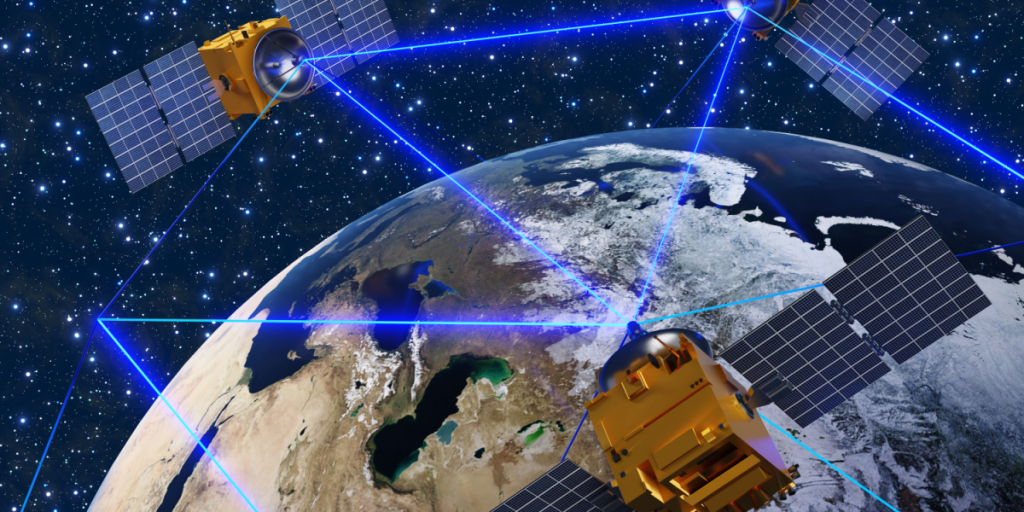
While Russia claims it won’t target satellites used for non-military purposes, it’s drawing a hard line when it comes to those helping Ukraine with missile targeting or intelligence gathering.
Starlink in the Line of Fire
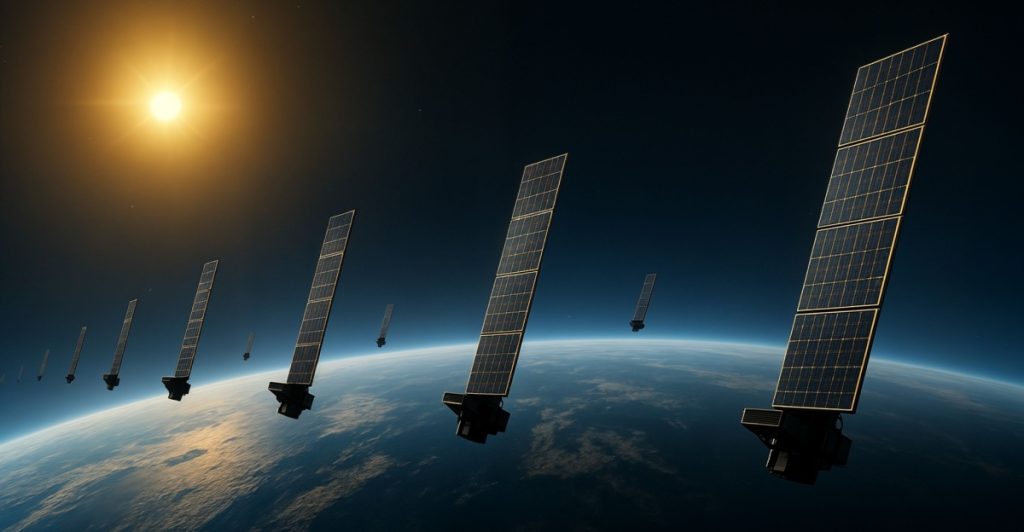
A particular worry for the US is the potential threat to SpaceX’s Starlink satellite system. Used by Ukrainian troops for communications,
Starlink is now considered vulnerable to a suspected Russian nuclear weapon capable of wiping out entire satellite networks.
Also read
Nuclear Weapons in Orbit?

US intelligence has raised alarms about a new class of Russian nuclear weapon designed specifically to target space assets.
If deployed, such a weapon could cripple both military and civilian satellites—potentially halting everything from financial transactions to weather forecasts.
Strategic Advantage for Moscow
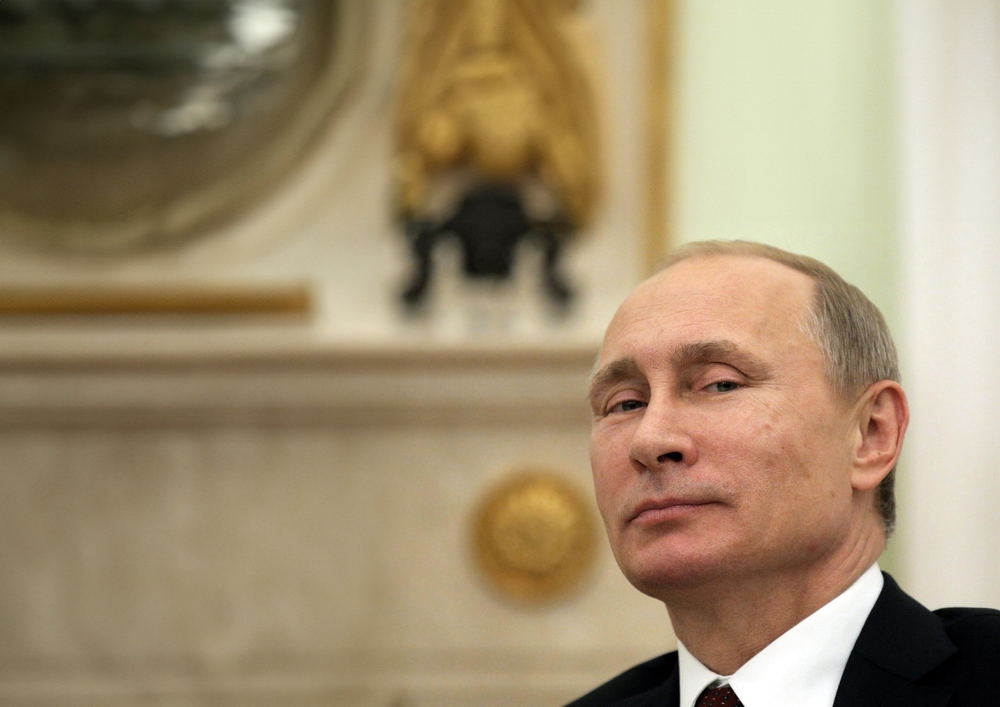
In a global conflict scenario, knocking out satellite networks could give Russia a major upper hand.
Disabling space-based infrastructure would affect command-and-control systems, navigation, surveillance, and international communications.
The Mystery of Cosmos 2553
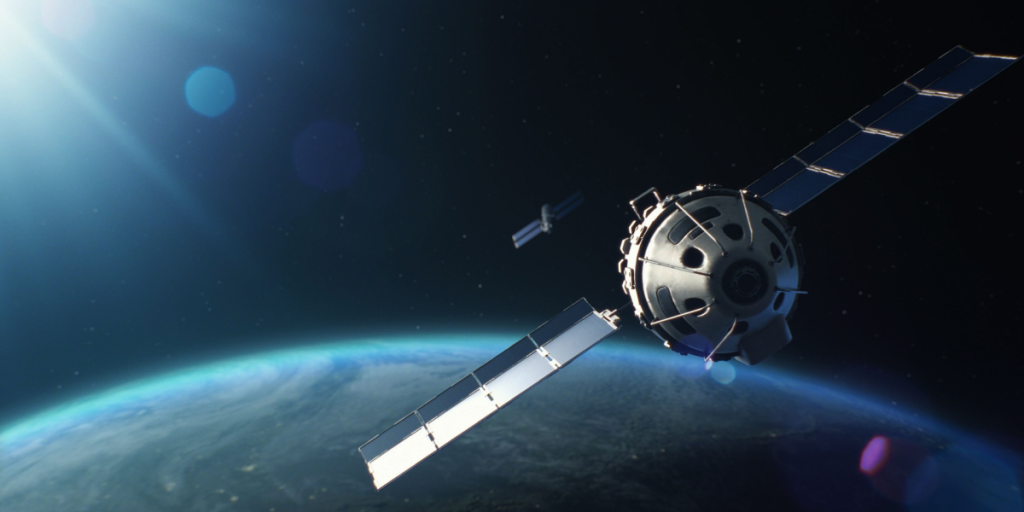
Adding to the intrigue is Russia’s satellite Cosmos 2553, which was observed in April spinning erratically in orbit.
Also read
Though it later appeared to stabilize, its full functionality remains uncertain. Its reported radar and radiation-testing features hint at military applications.
A Weapon in Disguise?
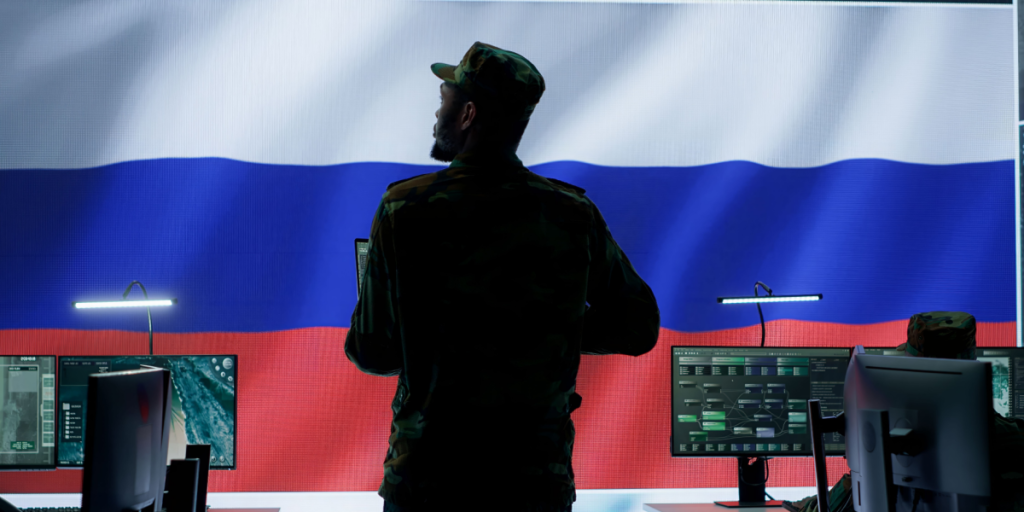
While Moscow insists Cosmos 2553 is purely for research, Western observers believe it may be tied to Russia’s secretive nuclear anti-satellite program.
The lack of transparency has only fueled suspicions that it’s part of a broader space warfare strategy.
The Space Race Turns Hostile
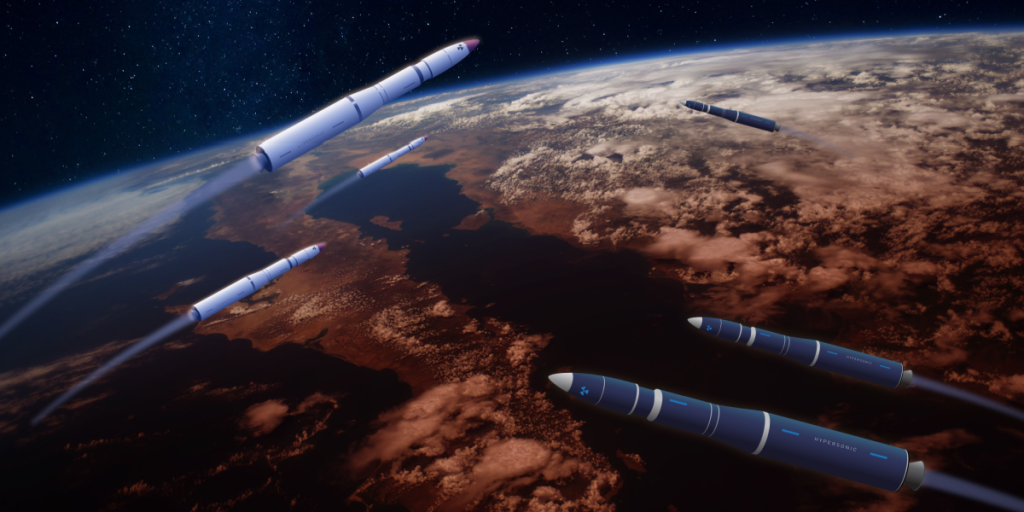
As geopolitical tensions intensify, space is no longer a neutral domain. With threats of satellite jamming and nuclear space weapons, the era of peaceful orbit may be ending.
The implications could be profound—not just for the military, but for the world’s digital infrastructure.

